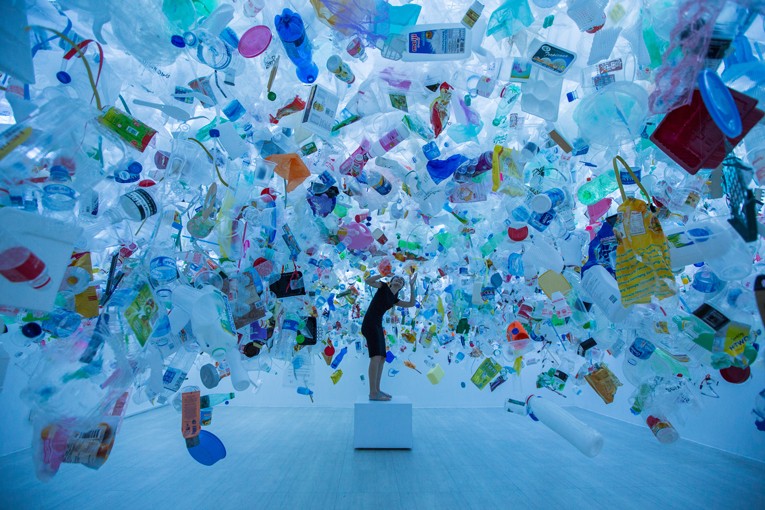In the year 2021, large corporations proudly displaying their sustainability efforts is not uncommon. The sad part is that many of these companies do this simply to attract more customers, not because they want to use their power to make a genuine change in the environment. Instead, they like to make consumers feel as if they are “doing their part” environmentally by marketing off this sustainable image. After doing some research into large corporations that are truly making efforts towards being environmentally conscious, I discovered how much HP is a great representation of exactly that. HP is an IT company that is best known for selling things like laptops, computers, printers, computer accessories, etc. They currently have the world’s most sustainable PC portfolio and 100+ gold rated EPEAT items (which is a ranking system used to help buyers compare and choose electronics based on their “environmental attributes.”
Since HP has such a good record of making sustainable efforts throughout their c ompany, they proudly display these efforts in an annual Sustainable Impact Report which can be located on their website. Not only do these reports provide detailed information on what they are trying to accomplish, but they also have the numbers to prove their progress. In these reports, you can find information on the company’s carbon footprint, many recognitions, future goals and so much more. In their most recent report from 2020, all of their future goals are clearly stated in a timeline with several different time markers. By 2030, they aim to reach 75% circularity for products/packaging, maintain 0% deforestation for HP paper, and achieve carbon neutrality with supply businesses. 95% of HP’s suppliers have gone through a social/environmental assessment, as the company wants to ensure that all of their suppliers are working towards the same ethical and sustainable goals.
ompany, they proudly display these efforts in an annual Sustainable Impact Report which can be located on their website. Not only do these reports provide detailed information on what they are trying to accomplish, but they also have the numbers to prove their progress. In these reports, you can find information on the company’s carbon footprint, many recognitions, future goals and so much more. In their most recent report from 2020, all of their future goals are clearly stated in a timeline with several different time markers. By 2030, they aim to reach 75% circularity for products/packaging, maintain 0% deforestation for HP paper, and achieve carbon neutrality with supply businesses. 95% of HP’s suppliers have gone through a social/environmental assessment, as the company wants to ensure that all of their suppliers are working towards the same ethical and sustainable goals.
They have full Sustainable Impact reports dating back to 2001, which shows you how over time HP has really grown and so have their effort towards making a bigger impact. The company shifted from resolving the lack of energy efficiency in their facilities to making their actual products more energy efficient. This is a prime example of the progress they have made and how their goals are being met yearly. 2001 HP Vice President Gary Fazzino stated “HP believes in the power of transparency” and that statement has been upheld to this day, building so many partnerships and creating accountability.
To sum it all up, HP is the perfect example of a true green business. Each year, they work towards creating a more environmentally friendly company with employees that have the same values. They are making large scale efforts towards restoring the environment and creating a circular economy that ultimately benefits everyone. Also, all of their efforts are backed up with the statistics to prove it. They see room to improve and constantly strive for better. It is really amazing to see large corporations take responsibility and create a system where they are giving back as much as they’re taking.












